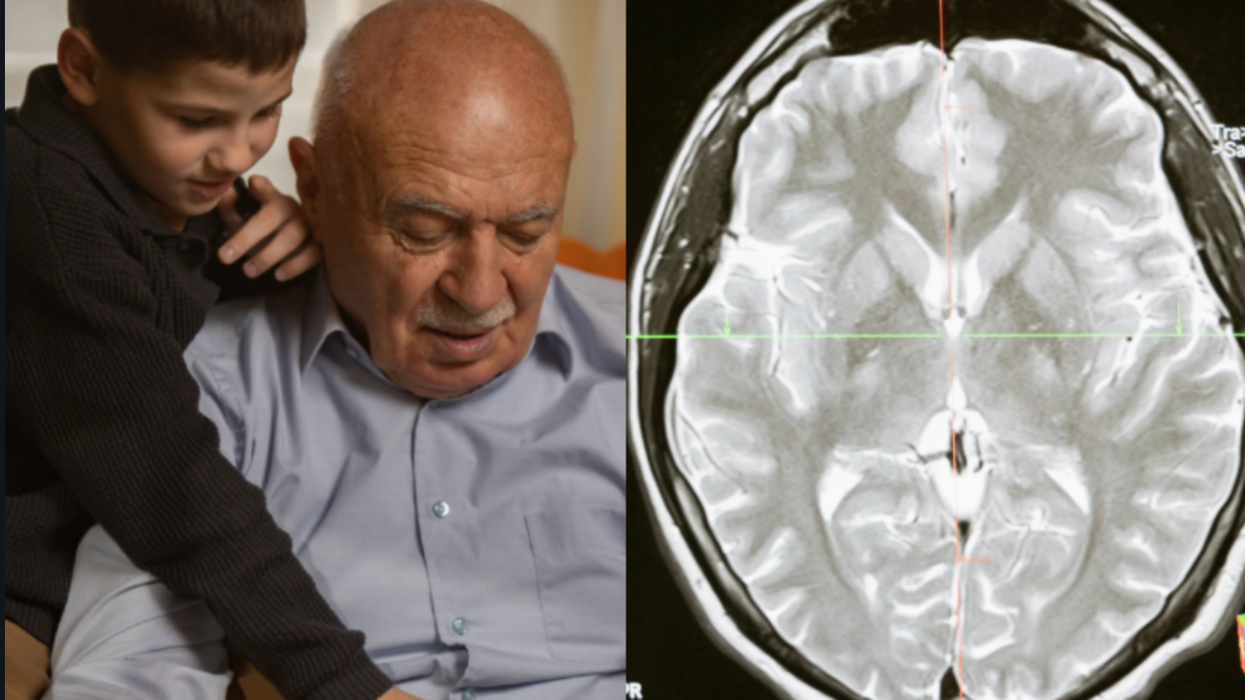Americans throw away enough glass every week to fill a 1,350-foot building. Glass takes up to a million years to completely decompose in a landfill, but it's easy to recycle, so there's no reason we should ever have to make anymore glass. We already have enough.
But, sadly, that's not how the world works.
When we do recycle glass it does far more good that most people consider. Recycling one ton of glass saves the following:
- 42 kWh of electricity
- 5 gallons of oil714.3 Btu's of energy
- 2 cubic yards of landfill space
- 7.5 pounds of air pollutants from being released
- 1,330 pounds of sand.
Researchers have found a brilliant way to reuse glass that not only saves energy by being recylced, but actually generates power. They have figured out how to take used glass bottles and transform them into high-performance lithium-ion batteries — the kind that could power an electric car.
Not only are the batteries eco-friendly, but they are powerful as well. The researchers found a way to make them last longer and provide more electricity batteries by using silicon anodes — an electrode through which the current enters into an electrical device — instead of traditional graphite.
RELATED: The car of the future is so green, it has a garden beneath the hood
"Today graphite is used as the main commercial material for fabricating the anode electrodes," Cengiz Ozkan, a professor of mechanical engineering at UC Riverside explained.
"We replaced graphite in the anodes with our new nanosilicon material derived from waste glass bottles," he continued. "In the half-cell configuration, our batteries demonstrate performance about four times higher compared to graphite anode batteries."
Researchers at the University of California, Riverside's Bourns College of Engineering used a three-step process to use a discarded glass bottle into lithium-ion batteries.
First, they rushing and grinding the glass bottles into a fine white powder. Second, they used hot magnesium to reduce to the silicon dioxide into nanostructured silicon. Finally, they coated the silicon nanoparticles with carbon to improve their stability and energy storage properties.
"We started with a waste product that was headed for the landfill and created batteries that stored more energy, charged faster, and were more stable than commercial coin cell batteries. Hence, we have very promising candidates for next-generation lithium-ion batteries," Changling Li, a graduate student in materials science and engineering and lead author on the paper, said.
This isn't the researchers' first attempts to create batteries out of alternative materials.
RELATED: Man tries to explain science to female astrophysicist and it was an astronomical mistake
"In the past, we have demonstrated lithium-ion battery anodes fabricated using bio-mass (mushrooms), beach sand, and diatom fossils as nature-abundant precursor materials," Mihri Ozkan, a professor of electrical engineering, told Design News.
"Such natural resources can help reduce the cost of lithium-ion batteries, as well as minimize the carbon footprint from graphite-based anodes in lithium-ion batteries," she continued.
The researchers at UC Riverside may be working on some great advancements in the field of mechanical engineering, but their work also points to an important fact we should all understand. When we throw away "disposable" material such as glass or aluminum we should never forget that we are discarding something with enormous potential.








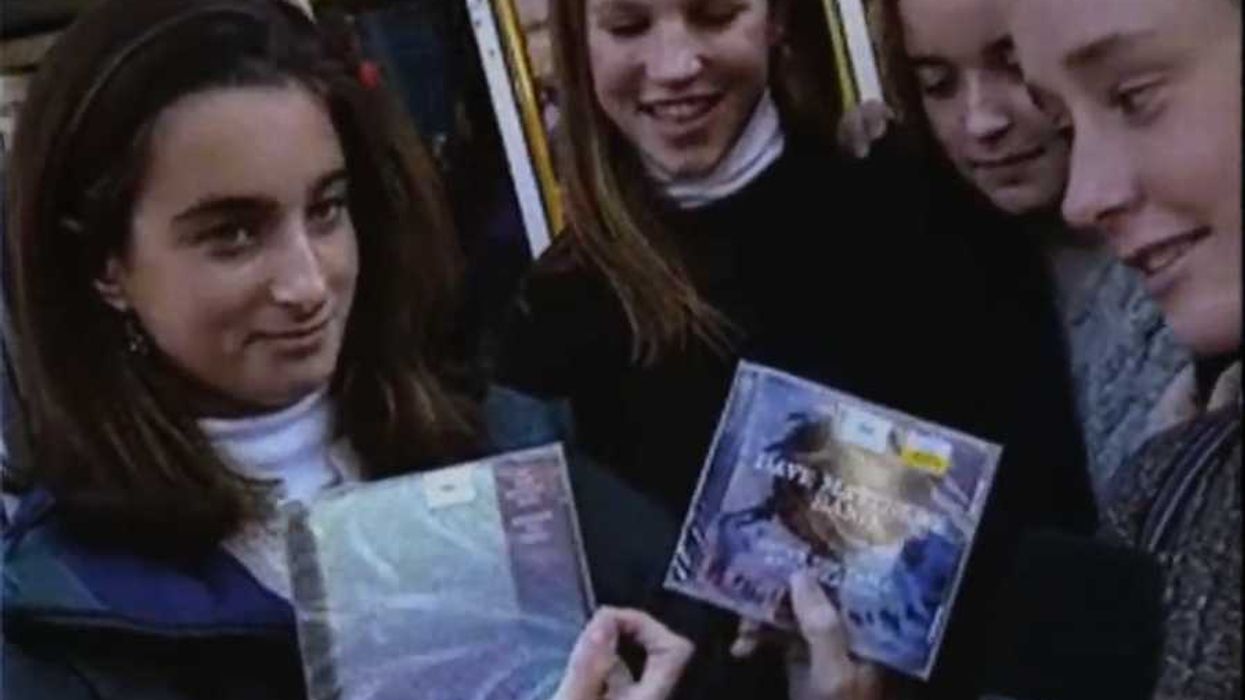


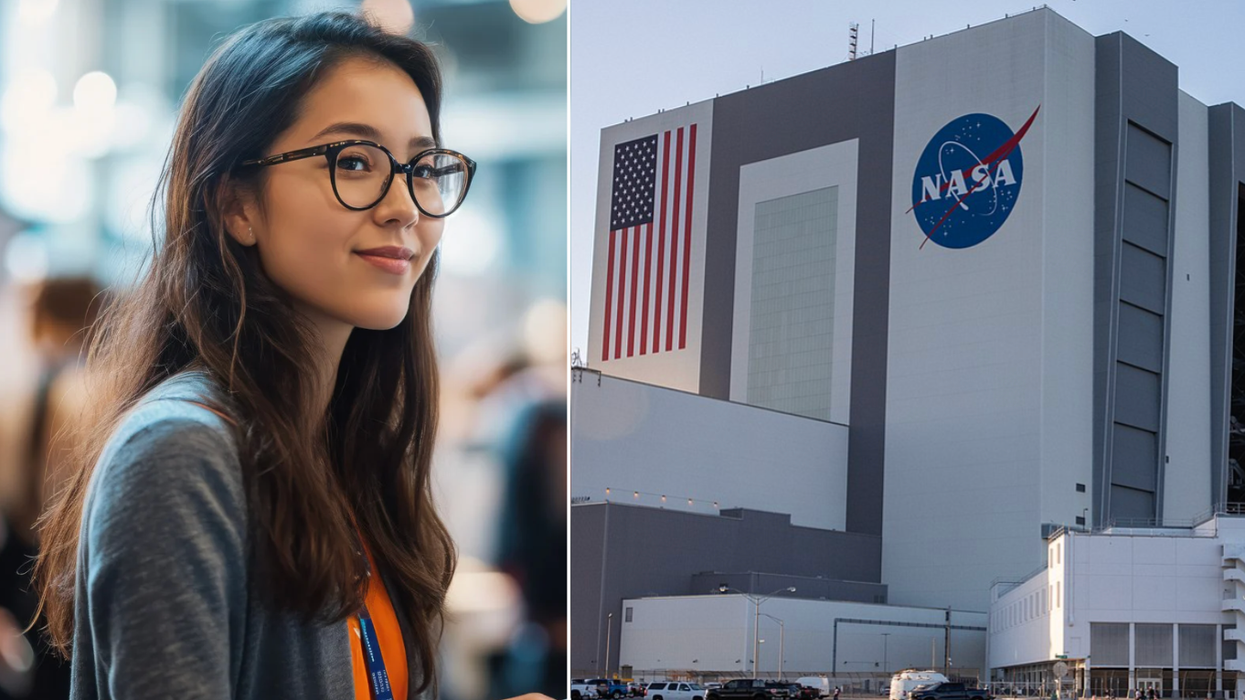
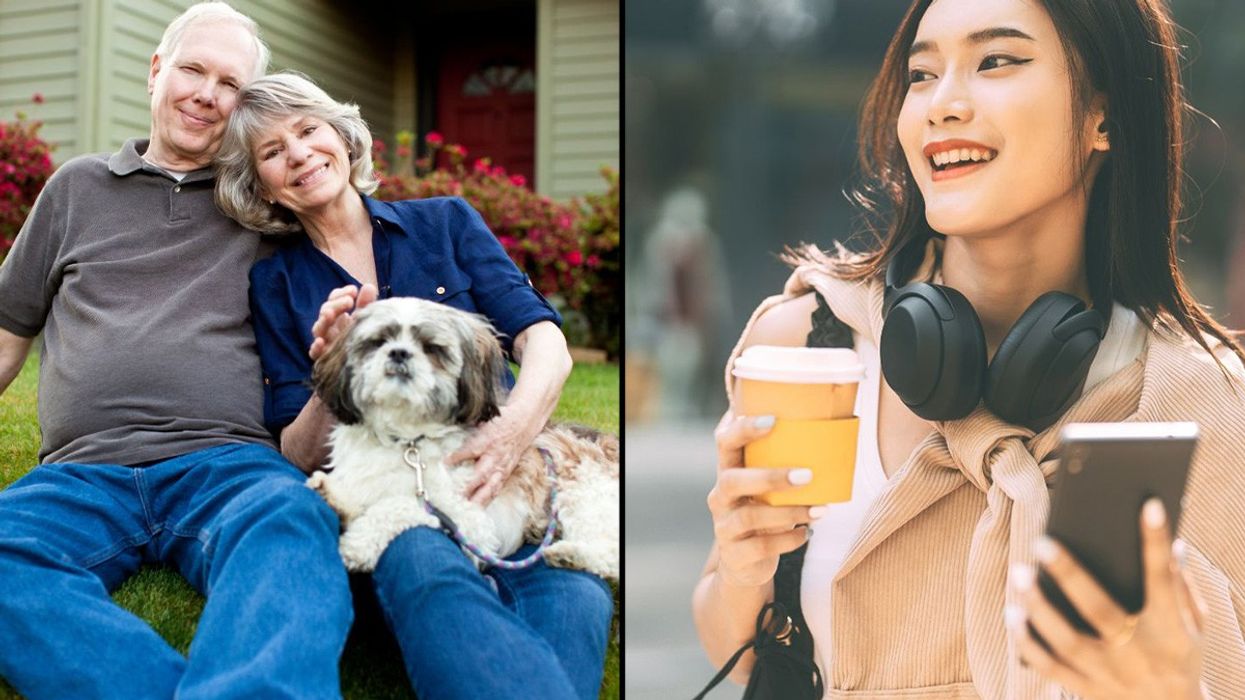
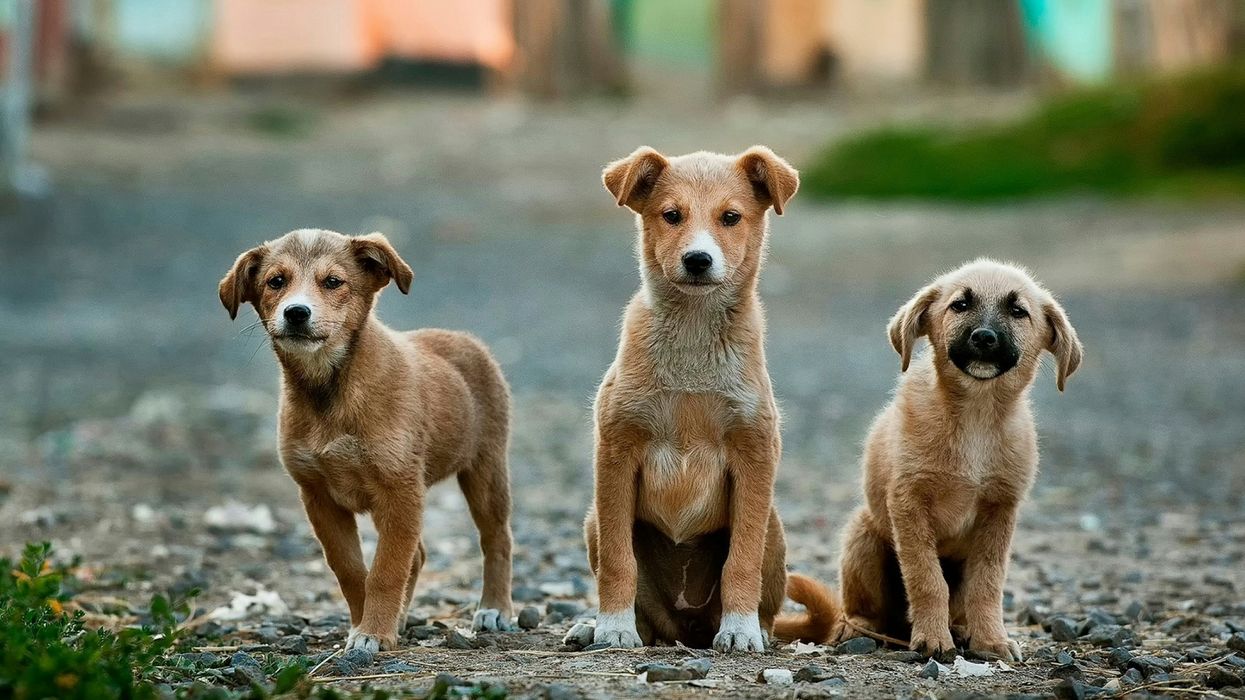

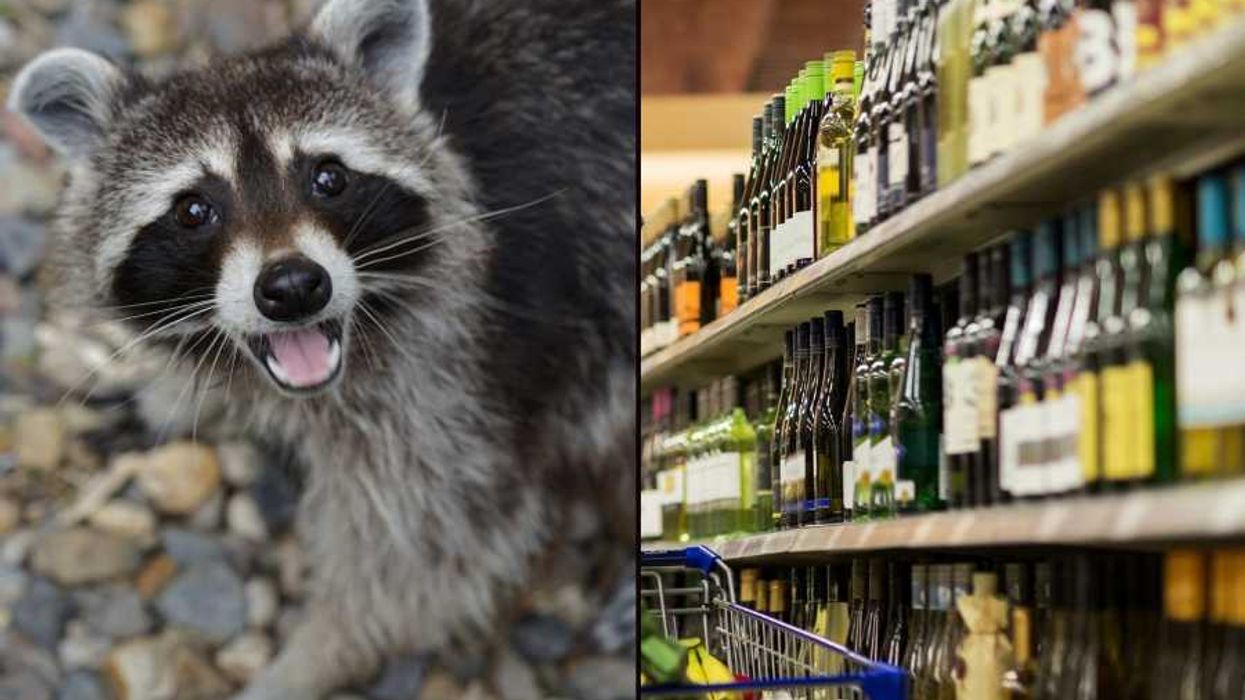
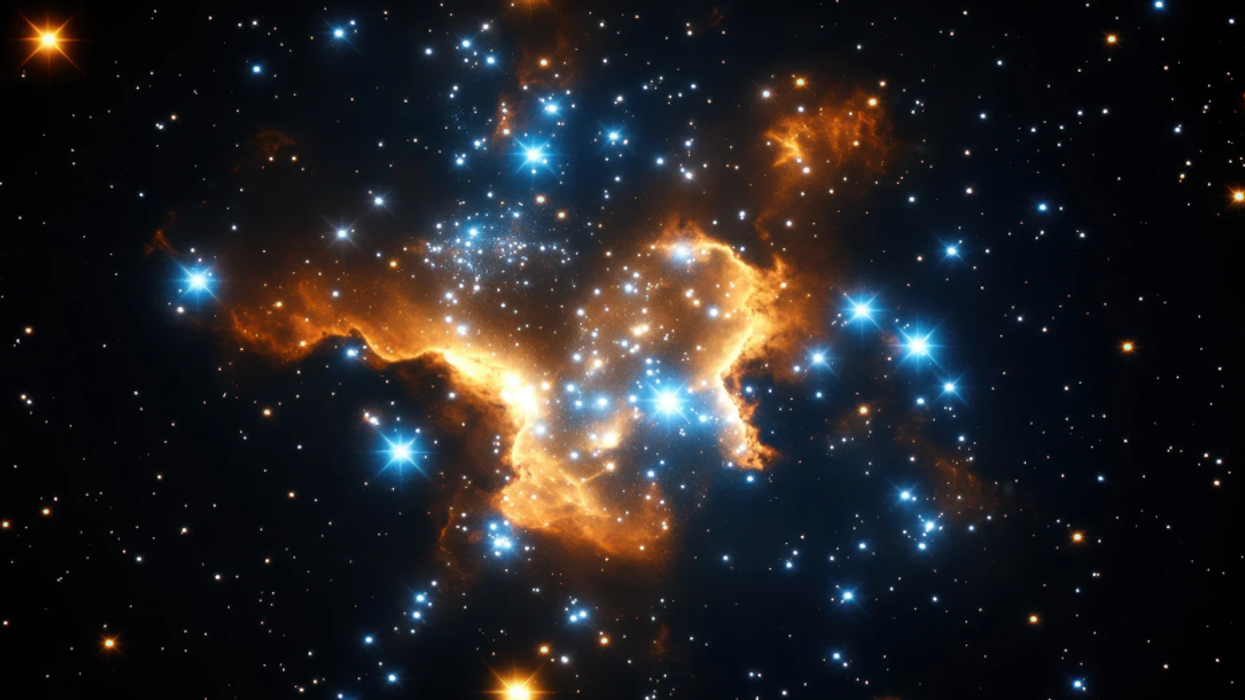
 Image artifacts (diffraction spikes and vertical streaks) appearing in a CCD image of a major solar flare due to the excess incident radiation
Image artifacts (diffraction spikes and vertical streaks) appearing in a CCD image of a major solar flare due to the excess incident radiation

 Ladder leads out of darkness.Photo credit
Ladder leads out of darkness.Photo credit  Woman's reflection in shadow.Photo credit
Woman's reflection in shadow.Photo credit  Young woman frazzled.Photo credit
Young woman frazzled.Photo credit 
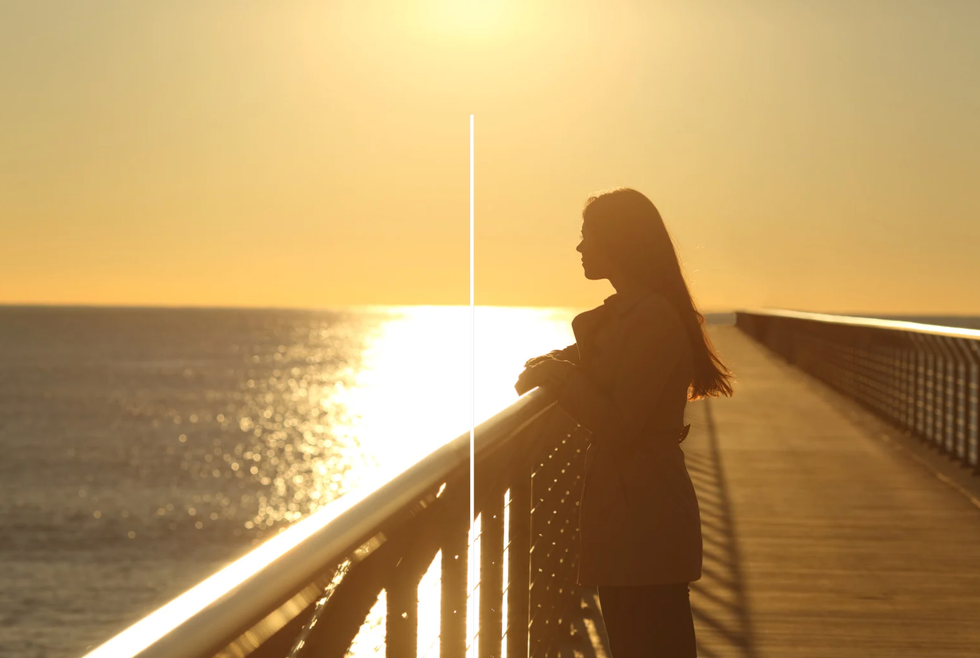 A woman looks out on the waterCanva
A woman looks out on the waterCanva A couple sits in uncomfortable silenceCanva
A couple sits in uncomfortable silenceCanva Gif of woman saying "I won't be bound to any man." via
Gif of woman saying "I won't be bound to any man." via  Woman working late at nightCanva
Woman working late at nightCanva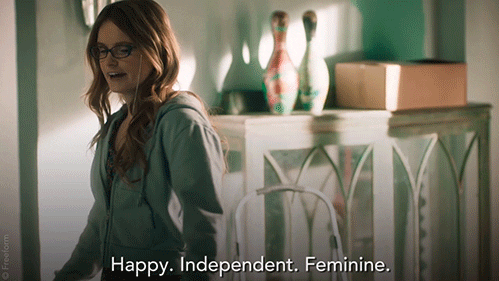 Gif of woman saying "Happy. Independent. Feminine." via
Gif of woman saying "Happy. Independent. Feminine." via 
 Yonaguni Monument, as seen from the south of the formation.
Yonaguni Monument, as seen from the south of the formation. 